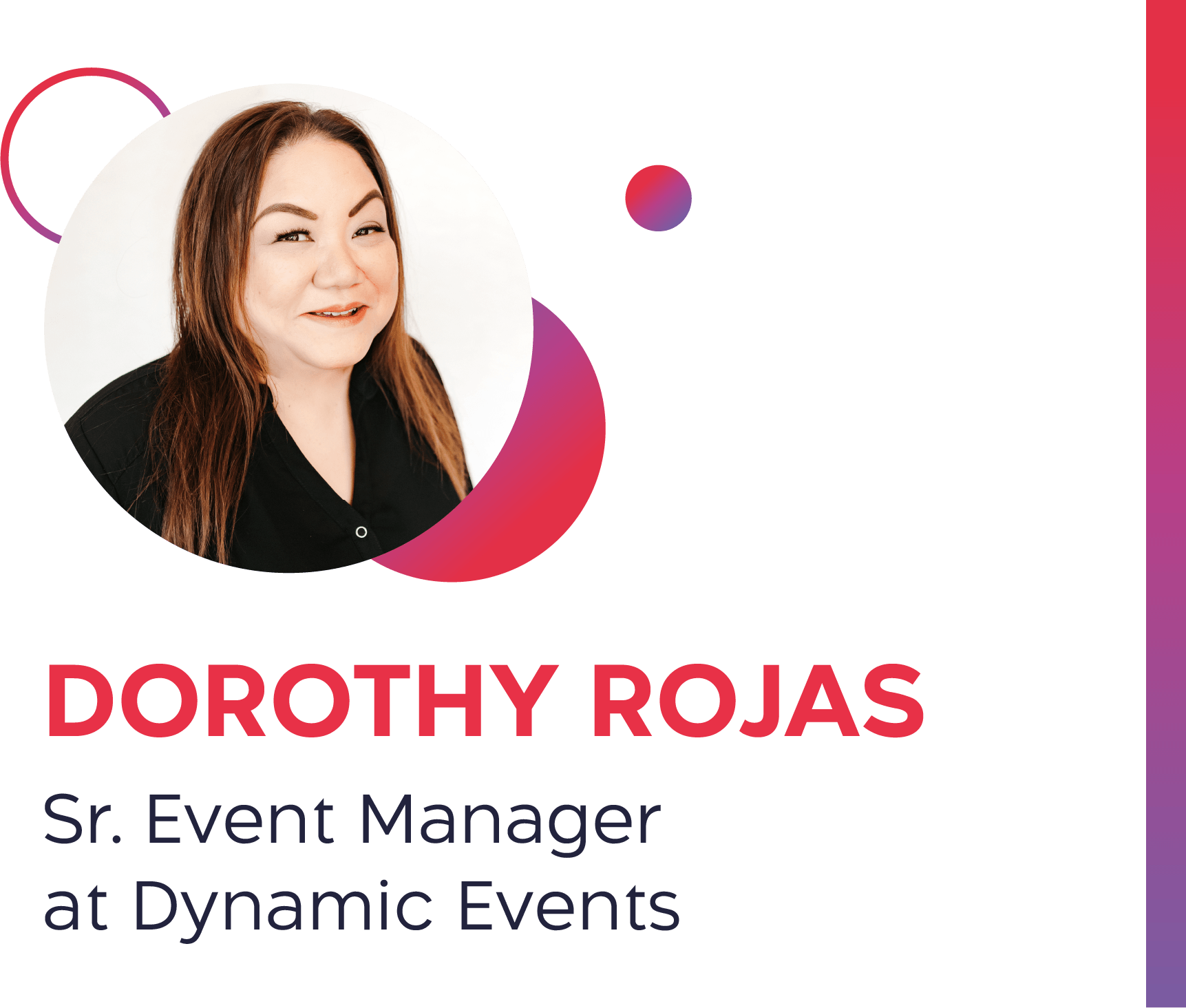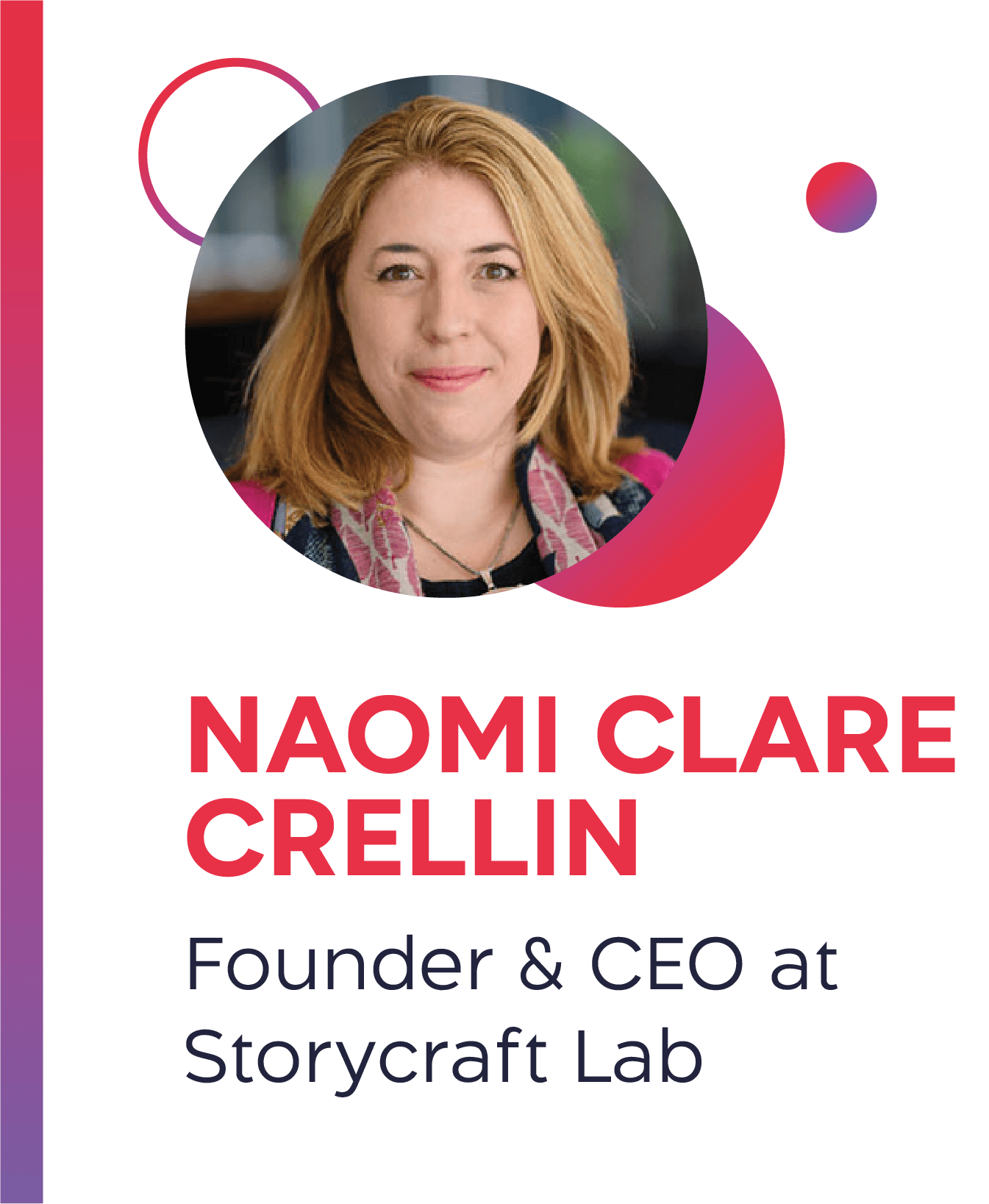Creating Inclusive Experiences
It’s no secret companies invest millions of dollars into their marketing strategies, event planning teams, content, and tools with the goal of creating experiences focused on educating, fostering connection, and building community. We’ve learned it is impossible to achieve those goals without consistent and evolving conversations around inclusivity and what it means to each unique audience.
We’ve learned these conversations hold a space in every aspect of an event, and are excited to share conversations from some customers, team members and partners who are making incredible impacts in this space and learn how they create inclusive experiences for their attendees.
Best Buddies works to end the social, physical and economic isolation of the 200 million people with intellectual and developmental disabilities. When planning for a community event for an audience with a wide spectrum of needs, what are your primary priorities for ensuring everyone feels included at Leadership Conference?
“At Best Buddies, our mission is to create opportunities for one-to-one friendships, integrated employment, leadership development, and inclusive living for individuals with intellectual and developmental disabilities (IDD), so it’s imperative that every attendee at our Leadership Conference feels they belong. This year, we partnered with KultureCity to certify the conference as a Sensory Inclusive Venue. Our conference staff went through a specialized training program that is designed to promote an accommodating and positive experience for all participants and volunteers with sensory accessibility needs. Combining training by professionals, sensory bags, and signage, the program helps provide the best experience for those with sensory needs, creating an accepting and inclusive environment at the conference.
This is just one of many ways that we recognize our attendees needs and provide easy access to support which is crucial when building an inclusive conference experience. Our guiding principle is to ensure that people with IDD are represented in our planning, our agenda and throughout the event.”
You were a part of the CES show for over 20 years, most recently leading the content strategy & keynote platform for the show. When engaging with so many industries in one of the world’s largest technology events, how did you ensure diversity and inclusion were represented through the content you highlighted and the speakers you selected?
“At CES, a key element to our focus on diversity and inclusion was engaging external advisors that shared our mission to create an inclusive conference program and highlight new voices. We were relentlessly curious and always on the lookout for new speaker ideas and topics.
As a content team, we focused on including diverse perspectives in every single session in the program and on every stage (on average this was more than 250 sessions and 1000+ speakers). We conducted regular reviews of our content to ensure it met our standards and benchmarked our progress each year so that every team member was engaged in our success.”
As the accessibility concierge for some of Microsoft's largest events, you've seen the evolution of what inclusivity looks like on a large scale and in a world stage. What is your approach to communicating with attendees to ensure everyone feels seen and heard in their needs?
“I’ve loved working in this role for almost 8 years and witnessing the evolution of inclusivity at these events. My communication approach remains the same as it was when I worked on my first event as the accessibility concierge – I always put the individual first and approach every situation with empathy. My goal is to ensure that every attendee feels welcome and enjoys their time spent with us at the event.”
Storycraft Labs just collaborated with Google Xi on an incredible project on experience design and the future of events. What questions should event planners be asking their audiences to create truly impactful experiences of belonging?
“Asking the right questions at the right time is a key to unlocking strategic insights that can transform perspectives and practices. When it comes to using questions to prompt belonging, the timing of the questions we ask is important and a shift from the model of traditional post event survey evaluations. Ask questions before your event - and during your event - to create authentic dialogue.
Dialogue is the first step in building belonging. From a practical perspective, we must find time in our processes to have this dialogue, and then to demonstrate that you are listening to your audience - that their input is valued and important.
Asking what belonging means shows care about how someone feels, an interest in their emotional state and provides insights that you can respond to within experience design. Beyond that first question, other questions about emotions and sentiments are helpful:
What does Belonging mean to you?
When do you feel most connected to a gathering or group of people?
When do you feel most confident in your knowledge?
What outcomes are necessary for an experience to be meaningful?
What are your hopes and aspirations for this event?
How do you prefer to build relationships?
Inclusivity in events is a life-long study of human experience - it is complex, everchanging, and requires intention, investment, humility, and a compassionate mind. We are proud to be a part of a community challenging the definition of inclusivity in events, pushing us further into a world where all can find a place and a community where they belong.





